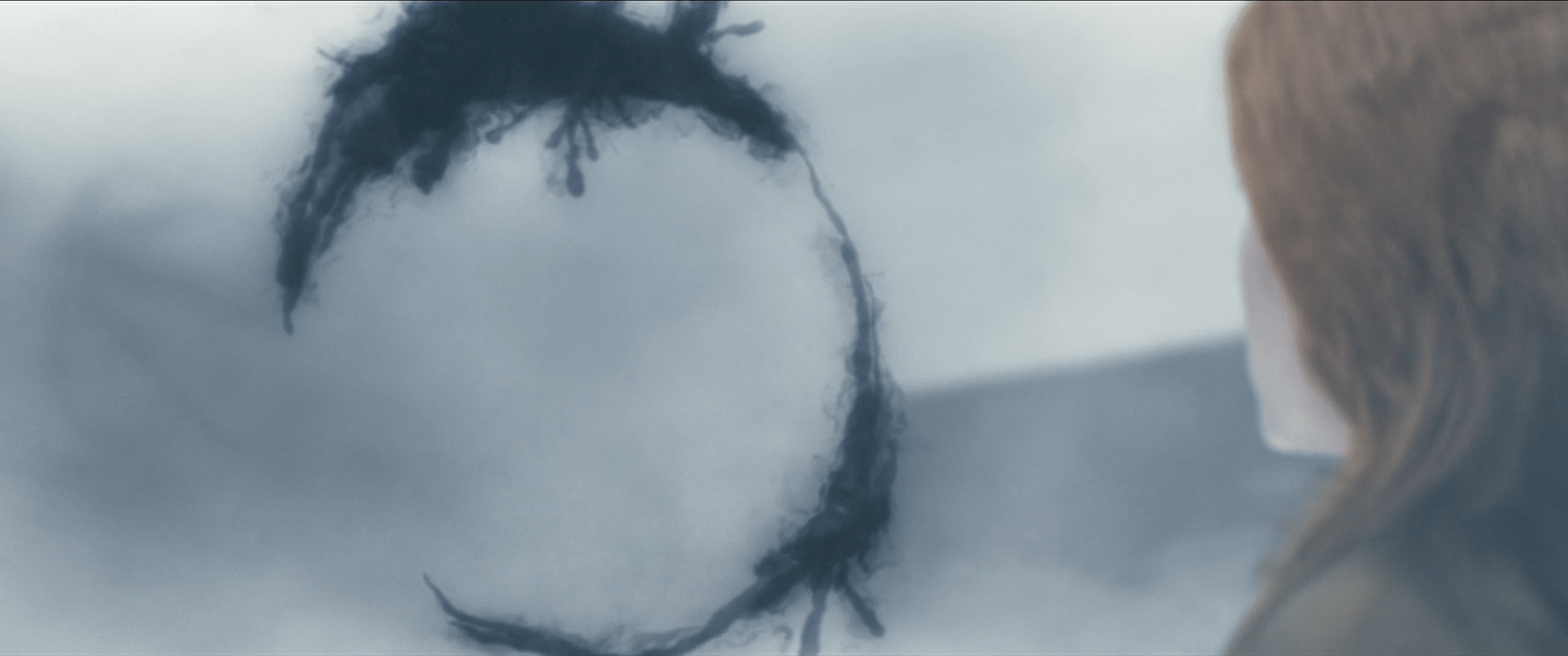How do aliens in the story using language and communication style different from the human language (oral, pictographic, phonetic, etc.)?
- The recording sounded vaguely like that of a wet dog shaking the water out of its fur. (page 2, the first sound recording)
- Well, it’s clear that their vocal tract is substantially different from a human vocal
tract. (page 2, “my” first comment) - No recognizable oral language at first (page 6)
- One heptapod spoke, and then inserted a limb into a large socket in the pedestal; a doodle of script, vaguely cursive, popped onto the screen. (page 9, alien script)
- “Their script isn’t word-divided; a sentence is written by joining the logograms for the constituent words. They join the logograms by rotating and modifying them. Take a look.” I showed him how the logograms were rotated. (page 11, “my” observation of their scripts)
- It didn’t appear to be writing at all; it looked more like a bunch of intricate graphic designs. The logograms weren’t arranged in rows, or a spiral, or any linear fashion. Instead, Flapper or Raspberry would write a sentence by sticking together as many logograms as needed into a giant conglomeration. (page 12)
- The heptapods were using a nonlinear system of orthography that qualified as true writing. (page 12)
- We made steady progress decoding the grammar of the spoken language, Heptapod A. It didn’t follow the pattern of human languages, as expected, but it was comprehensible so far: free word
order, even to the extent that there was no preferred order for the clauses in a conditional statement, in defiance of a human language “universal.” It also appeared that the heptapods had no objection to many levels of center-embedding of claues, something that quickly defeated humans. Peculiar, but not impenetrable. (page 17, oral language) - Much more interesting were the newly discovered morphological and grammatical
processes in Heptapod B that were uniquely two-dimensional. Depending on a
semagram’s declension, inflections could be indicated by varying a certain stroke’s curvature, or its thickness, or its manner of undulation; or by varying the relative sizes of two radicals, or their relative distance to another radical, or their orientations; or various other means. These were non-segmental graphemes; they couldn’t be isolated from the rest of a semagram. And despite how such traits behaved in human writing, these had nothing to do with calligraphic style; their meanings were defined according to a consistent and unambiguous grammar. (page 17, written language)

How does the physical structure of our body inform the way we communicate? How about the aliens?
- It looked like a barrel suspended at the intersection of seven limbs. It was radially
symmetric, and any of its limbs could serve as an arm or a leg. The one in front of me was walking around on four legs, three non-adjacent arms curled up at its sides. Gary called them “heptapods.” (page 5, the physical structure of the aliens) - Different language, same mode: a voice speaking silently aloud. (page 25, for human language)
- The semagrams seemed to be something more than language;
they were almost like mandalas. I found myself in a meditative state, contemplating the way in which premises and conclusions were interchangeable. There was no direction inherent in the way propositions were connected, no “train of thought” moving along a particular route; all the components in an act of reasoning were equally powerful, all having identical precedence. (page 26, for alien language) - Casual and teleological (page 30, two different perspectives)
